Populations of monitored vertebrate species have declined 69% globally since the 1970s: WWF report
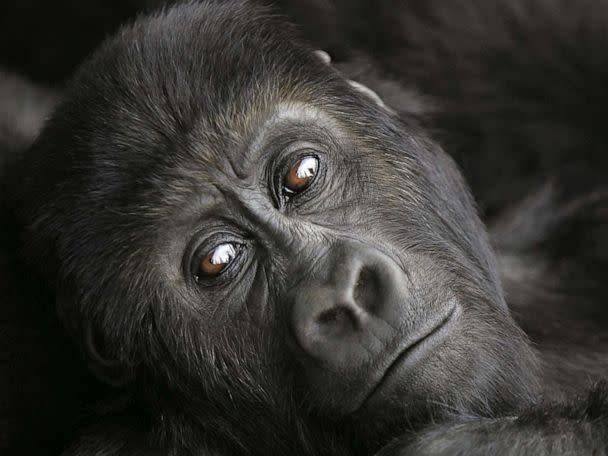
Drastic declines in animal species over the past several decades paints a grim picture for the future of healthy ecosystems, which in turn impact human health, according to a new report.
Populations of monitored vertebrate species around the world, including mammals, birds, amphibians, reptiles and fish, have plunged a whopping 69% from 1970 to 2018, according to the the World Wildlife Fund Living Planet Report released on Wednesday.
The Living Planet Index also found that in Latin America and the Caribbean, the numbers are even more alarming -- with populations declining 94% on average.
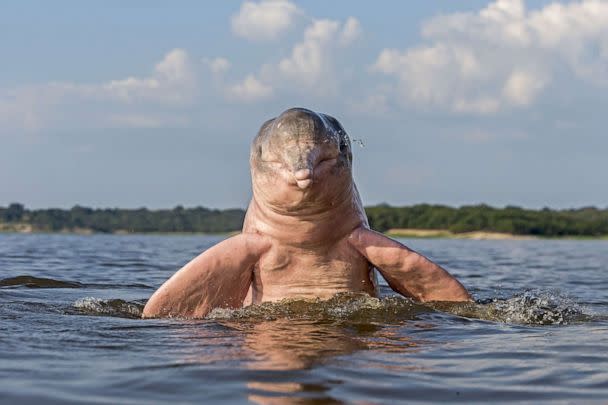
A resident of the Indigenous community of Santo Corazon in Santa Cruz, Bolivia said in a statement released by WWF that while she use to hear jaguars near her hometown frequently as a child, those sounds are now few and far between.
"The roar of the jaguar could be heard near the community three years ago, but not anymore," Flor Delicia Ramos Barba said in a statement. "Compared with my childhood, I’ve witnessed a big difference. The animals in the community are now gone."
According to Shaw, the same could be said for residents of the U.S. who use to see abundant numbers of monarch butterflies and fireflies in their childhood, but no longer see these species frequent the outdoor spaces they utilize.
"This is something that has touched a lot of our lives in different ways," Shaw said. "...Monarchs aren't extinct, and there's still quite a few on the planet. But their populations are severely diminished, so much so that many of us don't even see them anymore in the spring. The same is true with lightning bugs. We don't see them anymore."
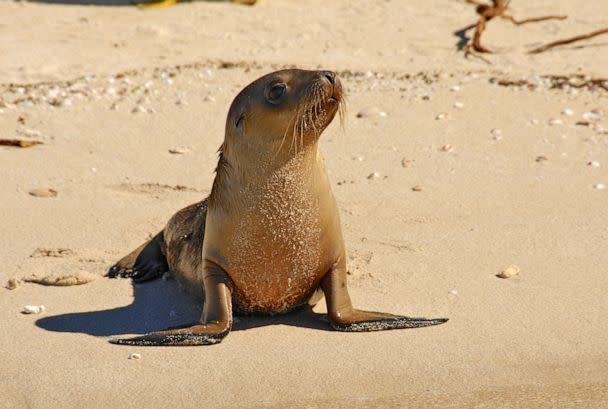
Global freshwater species have been disproportionately affected as well, with an average 83% drop in populations globally, researchers said. The Amazon pink river dolphin saw populations plummet by 65% between 1994 and 2016 in the Mamiraua Sustainable Development Reserve in the Brazilian state of Amazonas.
Barba also said that her community feels the "lack" in the rivers and tree species.
"The people use to go fishing to support their families, but now there are no fish," she said.
MORE: Little-known species are at even more risk of extinction, scientists say
The ten areas highlighted in the report as "high-priority areas for risk mitigation" are the Himalayas, Southeast Asia, the east coast of Australia, the dry forest of Madagascar, the Albertine Rift and Eastern Arc Mountains in Eastern Africa, the Guinean forests of West Africa, the Atlantic Forest, the Amazon basin and the Northern Andes into Panama and Costa Rica in South and Central America.
Monitored populations in Africa plummeted by 66%, while monitored populations fell in the Asia Pacific by 55%.
In North America, monitored populations declined by 20%, and Europe and Central Asia saw declines of 18%.
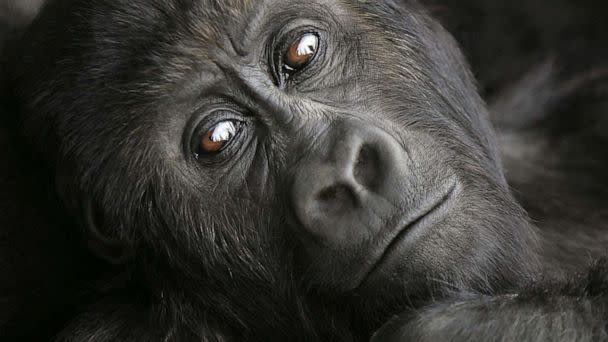
Among the most affected species elsewhere are the eastern lowland gorilla, which saw an estimated 80% decline in the Democratic Republic of the Congo’s Kahuzi-Biega National Park between 1994 and 2019, and the South and Western Australian sea lion pups, whose populations plunged by two-thirds between 1977 and 2019, according to the index.
These drastic declines in ecosystems are early warning indicators of how species are responding to pressures in their environment driven by biodiversity loss and climate change.
"It's an indicator that ecosystems and their function and the functions that we rely on are unraveling," Rebecca Shaw, chief scientist for the World Wildlife Fund, told ABC News.
MORE: How climate change could hinder reforestation efforts, according to experts
Some of those functions include carbon storage, which is essential for stabilizing the climate, as well as water regulation and water purification, Shaw said. These functions create the fertility and processes in ecosystems that support food production as well, Shaw said.
Some of the key drivers of biodiversity decline include habitat loss, overexploitation of species, invasive species, pollution, climate change and diseases, according to the The Living Planet Index, the research provided by the Zoological Society of London that serves as an early warning indicator of the health of nature.
This year's edition of the report analyzes almost 32,000 species populations with more than 838 new species and just over 11,000 new populations added since the last edition was published in 2020. This year's report has the most comprehensive findings to date, according to WWF.
The researchers are now calling on policymakers to transform economies so that natural resources are properly valued, including actions that transform food production and consumption, rapidly cut emissions and invest in conservation can mitigate both biodiversity loss and climate change -- which share many of the same underlying causes. Wealthy countries will also need to "step up to their moral responsibility" to support a target of at least $60 billion annually for the conservation of nature, according to the report.
"They are two sides of the same coin -- the nature crisis and biodiversity crisis, and the climate crisis are inextricably interlinked," Shaw said.
In December, world leaders will meet at COP15, the United Nations' 15th Conference of Parties to the Convention of Biological Diversity, an event the WWF described as a "once-in-a-decade opportunity to course-correct for the sake of people and the planet."
Increased conservation and restoration action in the vulnerable tropical regions are needed, but these efforts will not succeed unless we halve the global footprint of production and consumption by 2030, the researchers said.
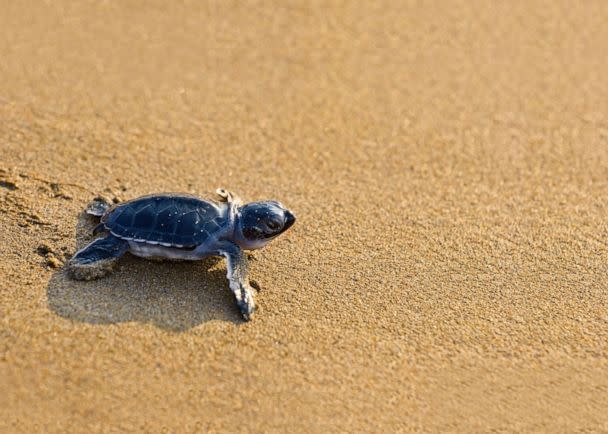
There have been some examples of populations thriving as a result of conservation efforts, the researchers said.
Along the Chrysochou Bay in Cyprus, the number of loggerhead turtle nests increased by 500% between 1999 and 2015 after cages were implemented to protect turtle nests from foxes as well as relocating the nests away from heavy tourism areas.
After the common crane fell into extinction as a breeding bird in the United Kingdom around 1600 due to hunting and habitat lost, more than 200 are now in existence as the result a small breeding population reestablished in Norfolk in 1979 and the launch of a reintroduction program in Somerset in 2010.
The mountain gorilla population in the Virunga Mountains along the northern border of Rwanda, the Democratic Republic of Congo and Uganda, has grown to 604 individuals despite years of unrest in the region -- up from 480 individuals in 2010, according to the index.
"The world is waking up to the fact that our future depends on reversing the loss of nature just as much as it depends on addressing climate change. And you can’t solve one without solving the other," Carter Roberts, president and CEO of the U.S. chapter of WWF, said in a statement. "Everyone has a role to play in reversing these trends, from individuals to companies to governments."
Populations of monitored vertebrate species have declined 69% globally since the 1970s: WWF report originally appeared on abcnews.go.com
